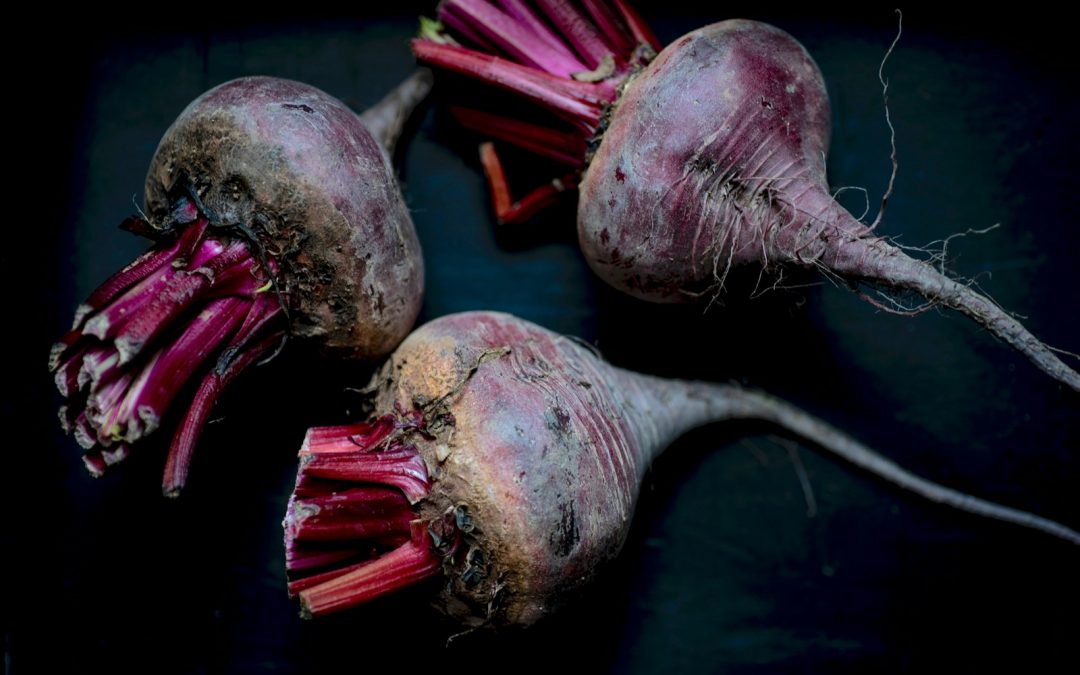Contents
- 1 How to Grow Beetroots Indoors (Beginner-Friendly Guide for Fresh Roots & Greens)
- 1.1 Why Grow Beetroots Indoors?
- 1.2 Best Conditions for Growing Beetroots Indoors
- 1.3 Planting Beetroots Indoors
- 1.4 Caring for Indoor Beetroots
- 1.5 Harvesting Beetroots Indoors
- 1.6 Best Beet Varieties for Indoor Growing
- 1.7 Common Problems When Growing Beetroots Indoors
- 1.8 FAQs About Growing Beetroots Indoors
- 1.9 Related Articles
- 1.10 Final Thoughts on Growing Beetroots Indoors
How to Grow Beetroots Indoors (Beginner-Friendly Guide for Fresh Roots & Greens)
Beetroots are colorful, nutritious, and surprisingly easy to grow inside your home. Whether you want tender roots for roasting or leafy beet greens for salads, growing beetroots indoors is a fun and beginner-friendly project. With the right containers, soil, and care, you can enjoy fresh beets all year long — no outdoor garden required.
Why Grow Beetroots Indoors?
Indoor beet growing has a lot of benefits:
Year-round harvests: Enjoy beets in any season.
Dual-purpose crop: Eat both the roots and the leafy tops.
Beginner-friendly: Beets grow quickly and don’t need much fuss.
Space-saving: Perfect for containers, balconies, or kitchens.
Nutrient-packed: High in folate, iron, and dietary fiber, making them a true superfood.
Best Conditions for Growing Beetroots Indoors
Beetroots thrive when they get the right balance of light, temperature, and soil:
Light: At least 6 hours of direct sunlight or 12–14 hours with grow lights.
Temperature: 15–21°C (60–70°F) is ideal. Cooler conditions may slow growth, while overly warm spaces can make beets woody.
Soil: Loose, well-draining potting mix enriched with compost. Avoid heavy soils — roots need space to expand.
Container: At least 8–10 inches deep to allow roots to develop fully. A wider pot lets you grow more beets at once.
You can find this Deep Container for Root Vegetables on Amazon.
Planting Beetroots Indoors
You can start beets directly in containers from seed. They don’t transplant well, so sow them where they’ll grow.
- Soak seeds: Beet seeds are clusters containing several seeds. Soak overnight to soften the shell and encourage germination.
- Sow seeds: Plant ½ inch deep, spaced about 2 inches apart. Cover lightly with soil.
- Thin seedlings: Each seed cluster may produce 2–3 sprouts. Thin carefully by snipping extra seedlings to avoid disturbing roots.
- Stagger planting: Sow new seeds every 3 weeks for a steady supply of roots and greens.
Caring for Indoor Beetroots
Beets are relatively low-maintenance, but they grow best with consistent care.
Watering: Keep soil evenly moist but never soggy. Dry soil causes woody roots, while too much water may cause rot.
Feeding: Fertilize every 2–3 weeks with a balanced liquid feed. Avoid too much nitrogen — it makes lots of leaves but small roots.
Thinning: Overcrowding stunts root growth. Give each plant at least 3–4 inches of space.
Light rotation: Turn containers weekly so plants grow evenly and don’t lean toward the light.
Mulching: A thin layer of compost or coco coir on top of soil helps keep moisture stable.
Check price for Indoor LED Grow Light on Amazon — a great option for healthy beet growth indoors.
Harvesting Beetroots Indoors
Harvesting depends on whether you want greens, roots, or both.
Beet greens: Harvest small leaves after 3–4 weeks. Pick sparingly to keep plants strong.
Roots: Most varieties are ready in 50–70 days. Harvest when roots are 1.5–3 inches wide — larger roots can become woody.
How to harvest: Loosen the soil with a small trowel and gently pull. Avoid yanking — twisting can damage roots.
Succession planting: After harvesting, plant new seeds in the same container for continuous crops.
Best Beet Varieties for Indoor Growing
Not all beets grow equally well indoors. Here are a few great options:
‘Detroit Dark Red’ – Classic round beet, reliable and quick to mature.
‘Chioggia’ – Striking pink and white rings, slightly sweeter flavor.
‘Boltardy’ – Resistant to bolting, great for staggered plantings.
‘Baby Beet’ varieties – Small, tender roots that mature quickly.
Common Problems When Growing Beetroots Indoors
Even indoors, beets may face a few challenges:
Slow growth: Usually caused by low light or compacted soil.
Small roots: Often from overcrowding or harvesting too late.
Yellowing leaves: Overwatering or poor drainage.
Pest issues: Rare indoors, but aphids or fungus gnats can appear. Use sticky traps or mild soap spray.
For more tips, check the Royal Horticultural Society’s beetroot guide.
FAQs About Growing Beetroots Indoors
1. Can I grow beetroots indoors year-round?
Yes — as long as you provide enough light and warmth.
2. How long do beets take to grow indoors?
About 2 months for roots, but beet greens can be harvested much earlier.
3. Do indoor beetroots taste the same as outdoor ones?
Yes — many growers find container-grown beets even sweeter and more tender.
4. How many beetroots can I grow in one pot?
In a 10-inch-wide container, you can grow 4–5 beets comfortably.
Related Articles
Final Thoughts on Growing Beetroots Indoors
Growing beetroots indoors is a simple and rewarding way to enjoy both fresh roots and leafy greens from your own home. With good light, loose soil, and regular care, you can harvest colorful beets all year round. Start a pot of beets today, and you’ll soon be pulling up your own homegrown superfood to enjoy in salads, soups, and roasts.

